What's the deal with Jack Crusher in 'Star Trek: Picard'?
Jean-Luc Picard and Beverly Crusher's son had always known he was "different". Here's everything you need to know about Jack Crusher.
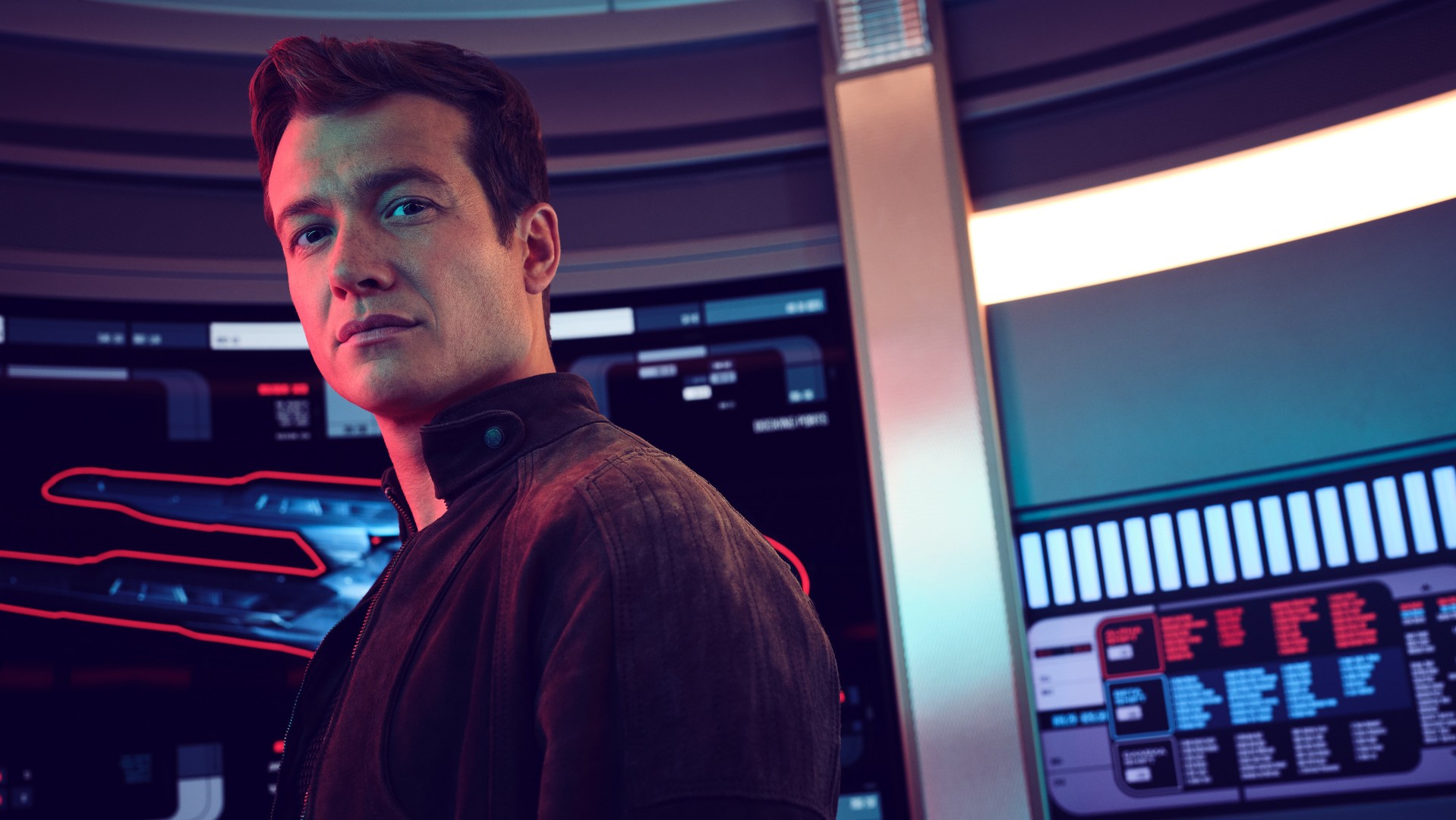
Warning: Spoilers ahead if you haven't watched "Star Trek: Picard" episode 9, 'Võx' and episode 10, 'The Last Generation'.
As soon as Jack Crusher turned up in "Star Trek: Picard season 3", his place in franchise history was assured – after all, as the son of Jean-Luc Picard and Beverly Crusher, he's effectively Starfleet royalty.
But there's more to Jack than the compassionate but morally flexible doctor we first encounter on board the SS Eleos XII. Over the course of the season we've seen visions and inner voices evolve into full-on superpowers, but the cause of his "gifts" remained a tantalizing mystery… until Deanna Troi took a peek behind the locked red door in his mind.
In episode 9, 'Võx', we finally learned why there was "something very wrong" with Jack – and why Vadic and the Changelings were so obsessed with tracking him down. It turned out his powers are the direct result of his father's assimilation by the Borg 35 years earlier, and he became the cornerstone of the Collective's latest assault on the Federation.
"I always thought if people could only see each other, hear each other, speak in one voice, act in one mind together…" the altruistic Jack explained in the episode. "Who knew a little cybernetic authoritarianism was the answer?"
Here's everything you need to know about Jack Crusher and his Borg heritage in "Star Trek: Picard season 3".
Watch Star Trek: Picard on Paramount+: $4.99/mo (Essential) or $9.99/mo (Premium)
Watch all three seasons of Star Trek: Picard on Paramount+, along with almost every other Star Trek show and movie.
What are Jack Crusher's abilities?
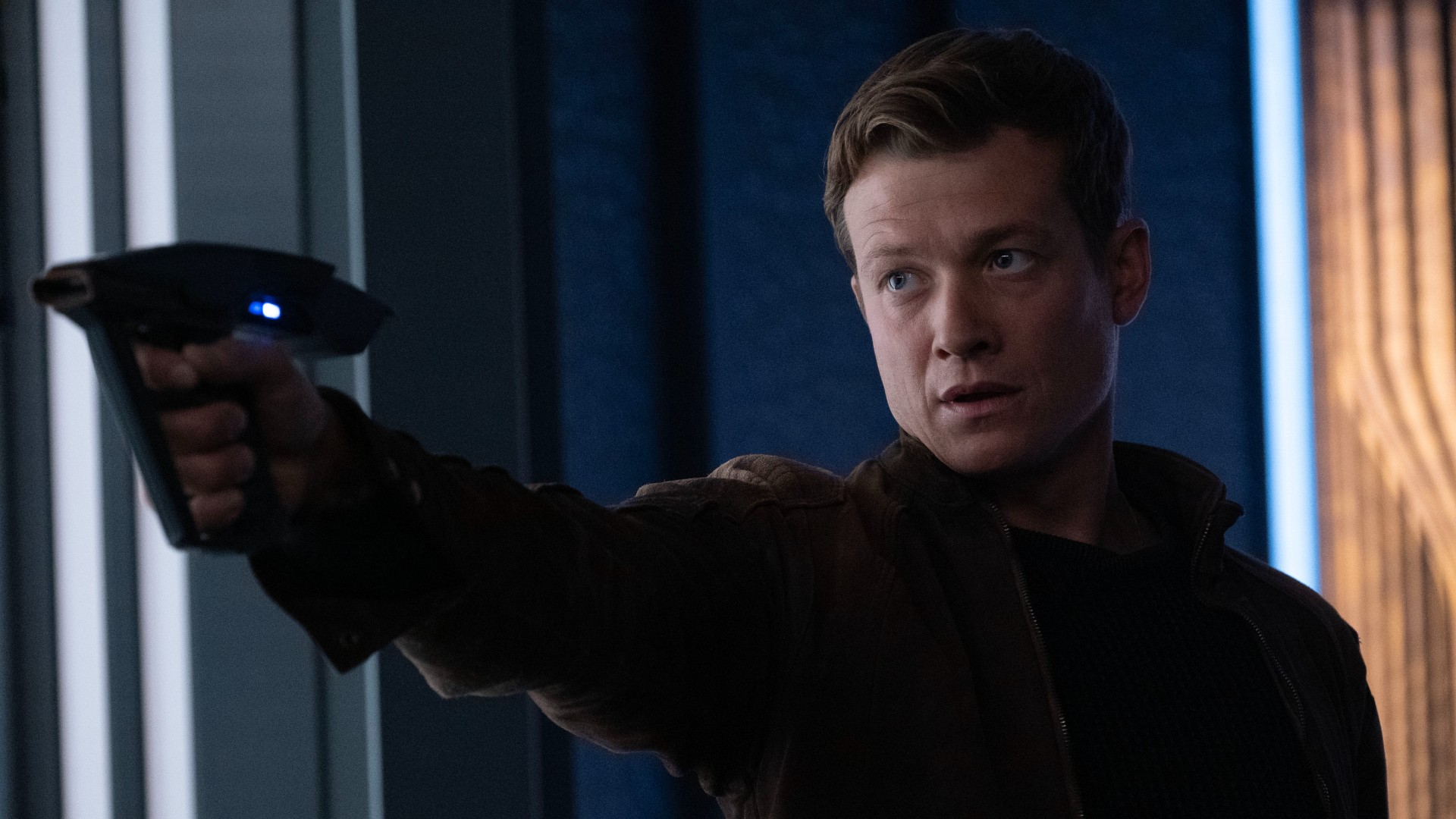
We saw Jack Crusher's (Ed Speleers) superhuman abilities evolve throughout the course of "Star Trek: Picard" season 3. Early on, these traits manifested themselves as voices, visions and unexplained fighting skills. We've since seen him listen to crewmates' thoughts and take control of their minds and bodies, remote-controlling them in hand-to-hand combat against the Changelings.
When Counselor Deanna Troi arrived on the USS Titan, however, she realized that Jack's gifts were not necessarily a good thing. "There's a darkness with that boy," she pointed out. "Not in him but around him, passing through him. And a voice inside him, ancient and weak, but a voice that isn't his own."
Jack eventually admitted that his recurring visions of spooky red vines represent connection, something he saw as "right, true, purposeful… perfect." And when he allowed Troi to open the imposing red door lurking in his mind's eye, the shock prompted her to run away from their consultation. Understandable, perhaps, seeing as it was a Borg Cube.
What was Jack's connection with the Borg?
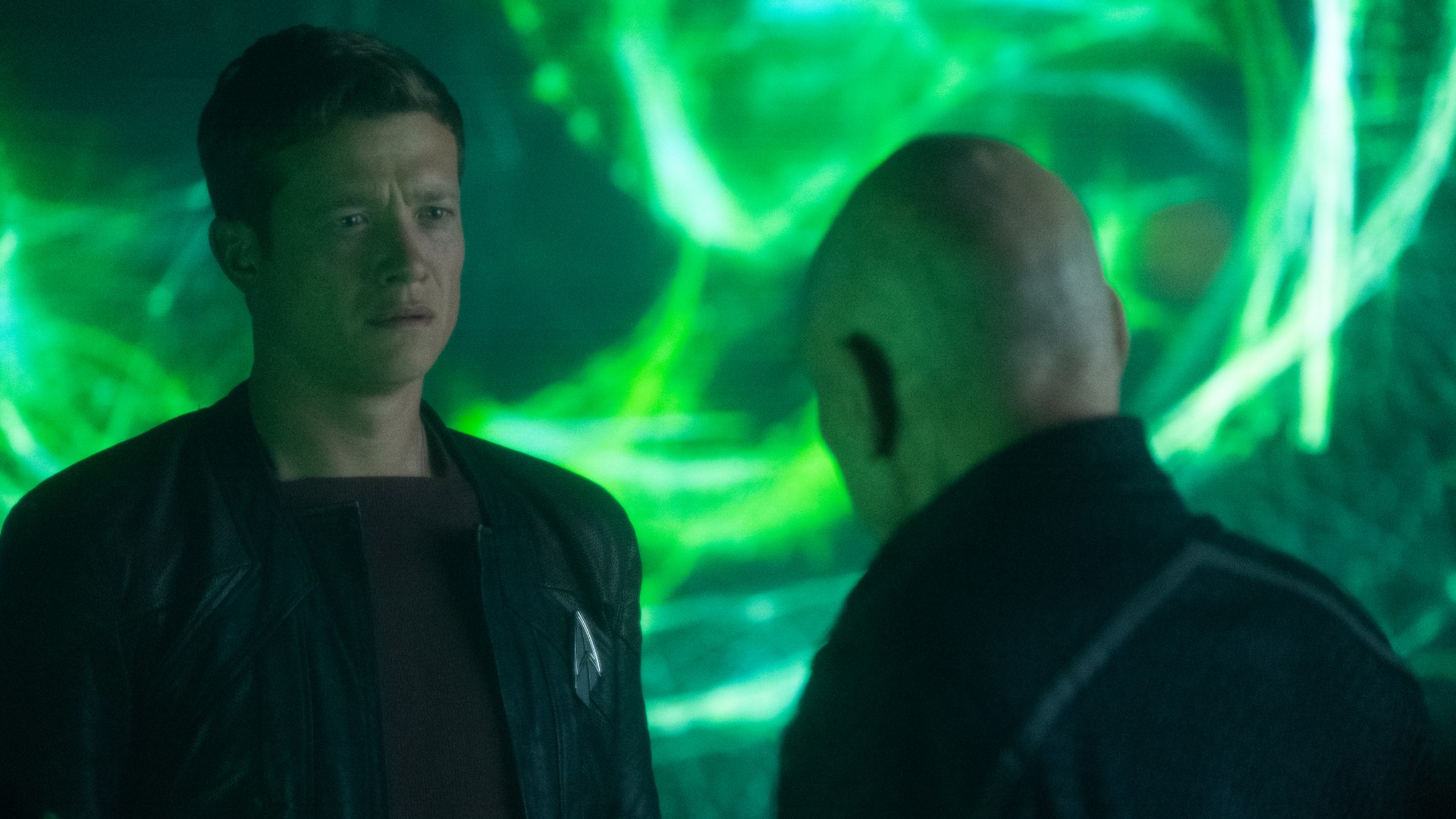
It's something Jack inherited from his dad.
When Jean-Luc Picard was assimilated by the Borg in classic "Star Trek: The Next Generation" two-parter 'The Best of Both Worlds', he briefly became part of the Collective as Locutus. He was subsequently rescued by the Enterprise crew and, after his cybernetic implants were removed, cleared by Starfleet to return to active duty.
But Starfleet's doctors didn't realize that the Borg had also made some biological adaptations to Picard's DNA. "I survived without scars," he explained, "but not, it seems, unchanged." These modifications would come to manifest themselves in symptoms misdiagnosed as Irumodic Syndrome, the degenerative neurological condition that wound up killing Jean-Luc's human body in the first season of "Picard". These genetic alterations were also the reason Picard could still "hear" the Borg in "Star Trek: First Contact".
In 'Võx', set some 35 years after Picard's close encounter with the Collective, it emerged that he inadvertently passed his Borg DNA onto his long-lost son – and that the traits Jack inherited were no longer dormant. It was also apparent that the Collective no longer required electronic components to operate as a hive mind.
Did Jack willfully join forces with the Collective?
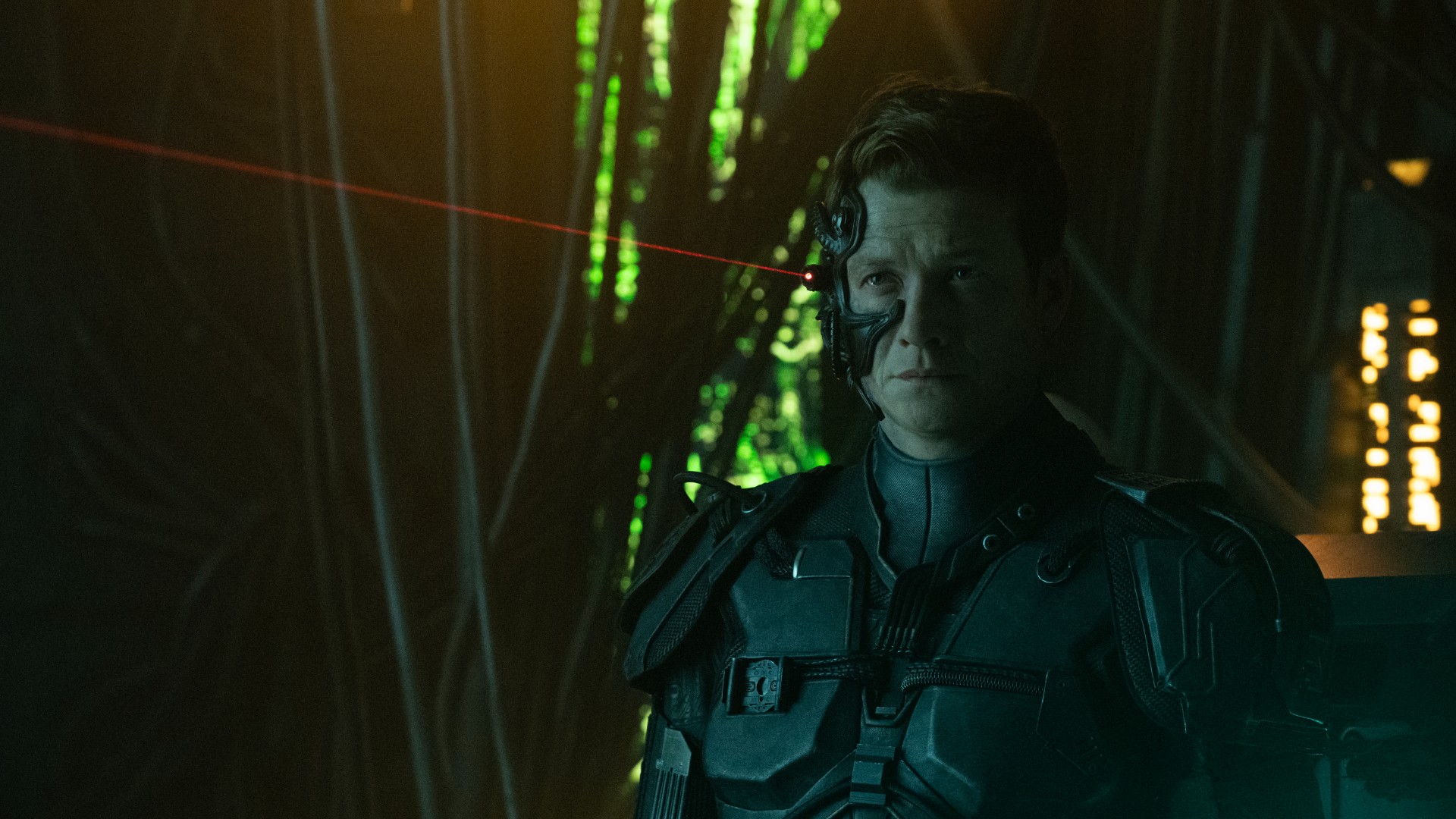
Yes and no.
It's undeniable that the lure of the Borg Queen's voice (which, for most of Jack's life, has sounded like his mother's) was strong, and that he used his aforementioned powers to escape custody, steal a shuttlecraft and jump into one of the Borg's transwarp conduits for a journey "home". But this course of action initially owed more to Jack's desire to find some answers – and avoid a lifetime of mind melds and lobotomies in a Vulcan institution – than embracing an opportunity to betray his shipmates
When Jack found the Borg Queen (voiced by Alice Krige, who originated the role in "First Contact") on a derelict Borg space station, she explained that in contrast with his father – who, as Locutus, was the "one who speaks" – he was "the voice itself". She also persisted with her Latin naming convention, telling Jack his Borg self would be known as Võx.
Jack wasn't on board with the plan, however, and tried to shoot her – an act he described as "mercy" – but his in-built programming prevented him from doing so. He was quickly hooked up to some prehensile Borg cables to connect with the Collective – though it's unlikely that was his intent when he left the Titan.
Why was Jean-Luc Picard's human body so important?
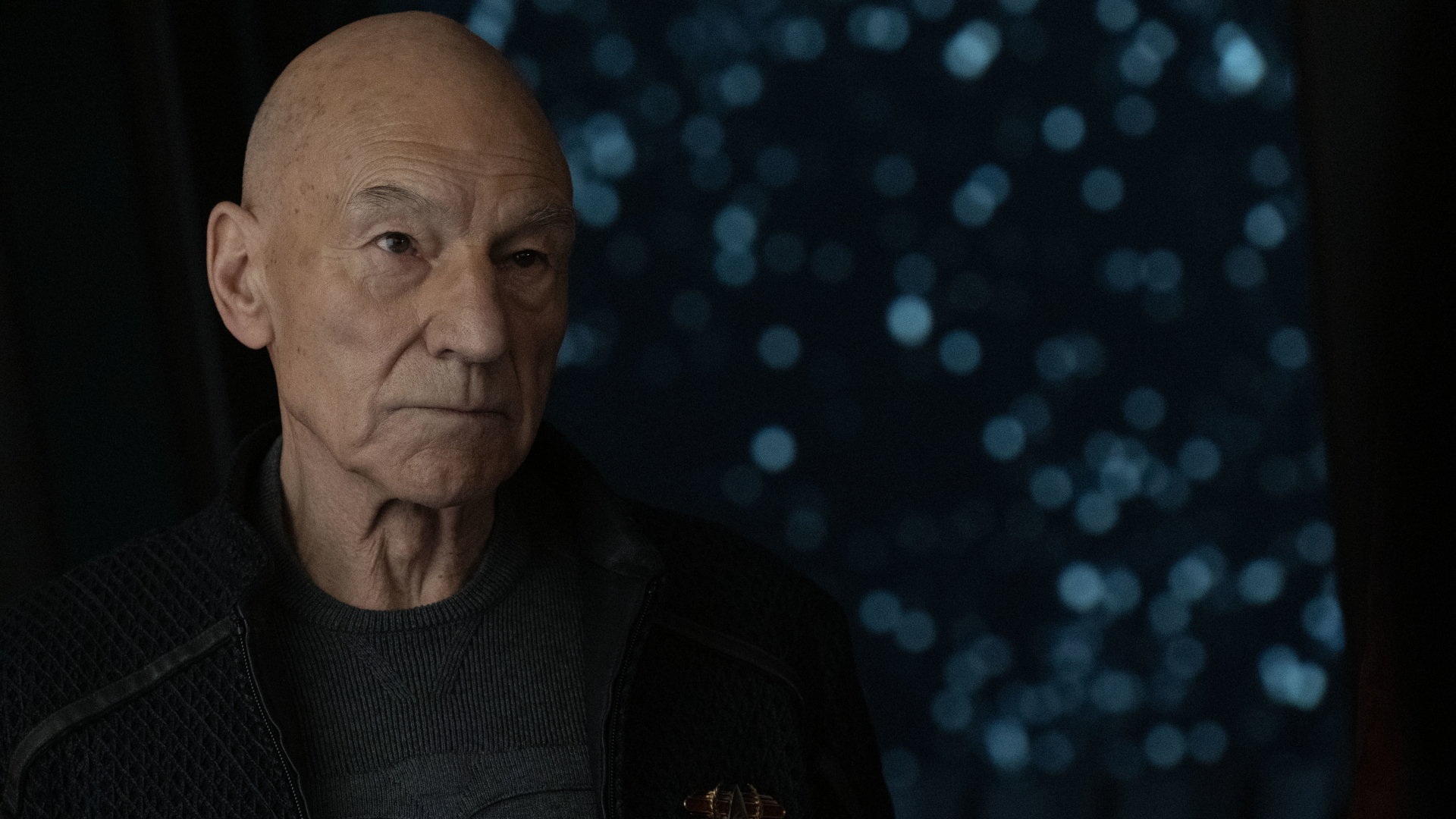
When Picard's (misdiagnosed) Irumodic Syndrome became terminal in "Picard" season 1, Data's human "brother" Dr Altan Soong gifted him an advanced cybernetic "golem" body. After Picard had died, however, Soong realized there was an "anomalous form" inside his body and ordered his remains be preserved at Daystrom Station for further study.
This "anomalous form" was, of course, the result of the Borg's genetic tinkering – and the central pillar of their plan to assimilate Starfleet. The Borg's plan was to spread Picard's Borg-altered DNA throughout Starfleet using the transporters.
Why did the Changelings want to get their hands on Jack?
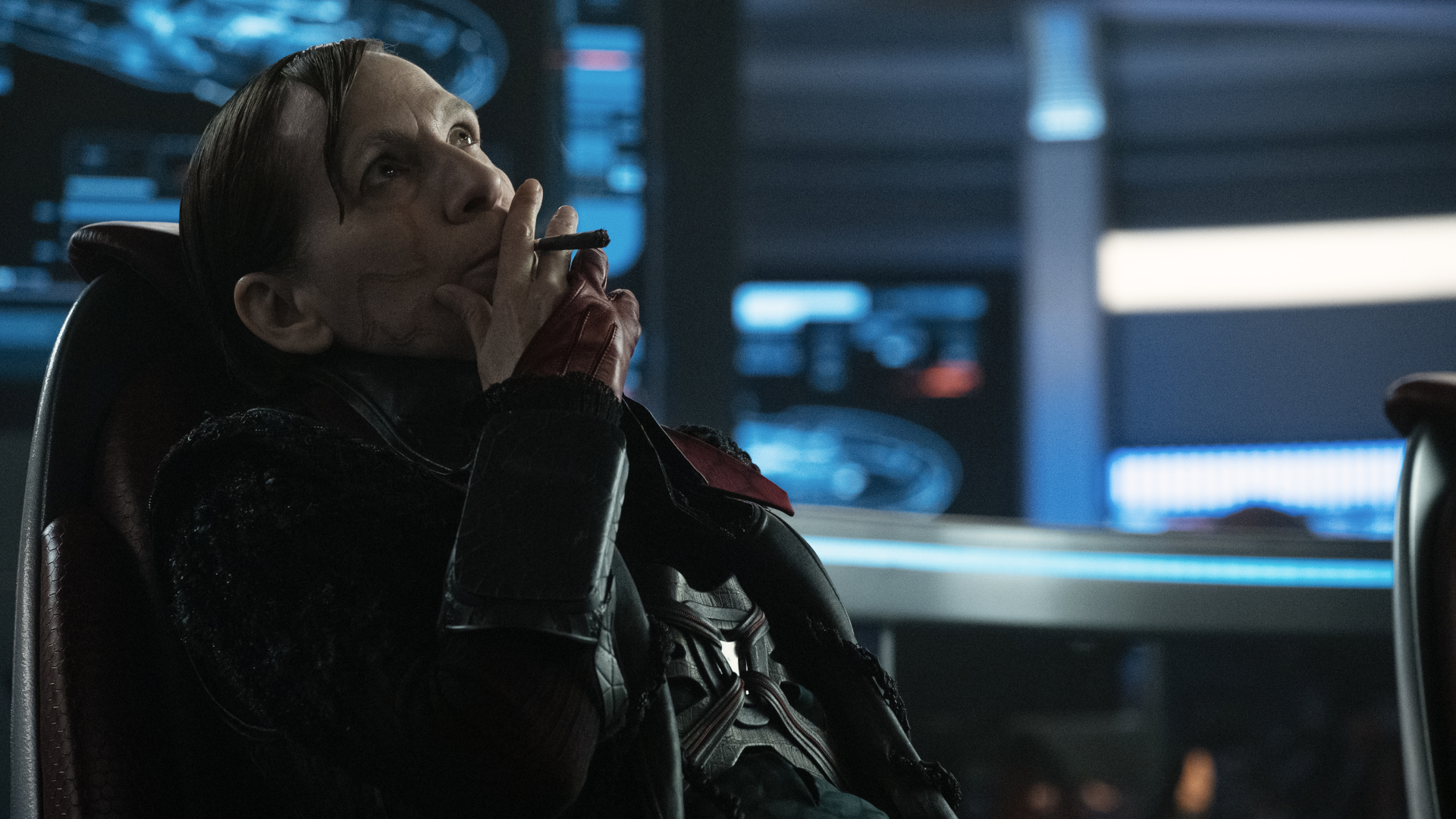
The entire season was an unexpected team-up between "The Next Generation" era's most iconic villains.
The late Vadic and her new-and-improved Changeling forces were the perfect allies for the Borg. As well as sharing the Collective's hatred for the Federation, their shapeshifting abilities ensured they could infiltrate all levels of Starfleet.
Changeling operatives deployed throughout the fleet then incorporated the Borg DNA recovered from Picard's deceased body into starship transporter systems. As crew members beamed on and off their ships, the computers recognized this new genetic code as "common biology" and integrated it into the DNA of every officer in the fleet.
The Changelings wanted Jack because of they needed his Borg-altered DNA, though they later ended up acquiring this from Picard's body.
What was the Borg's plan?
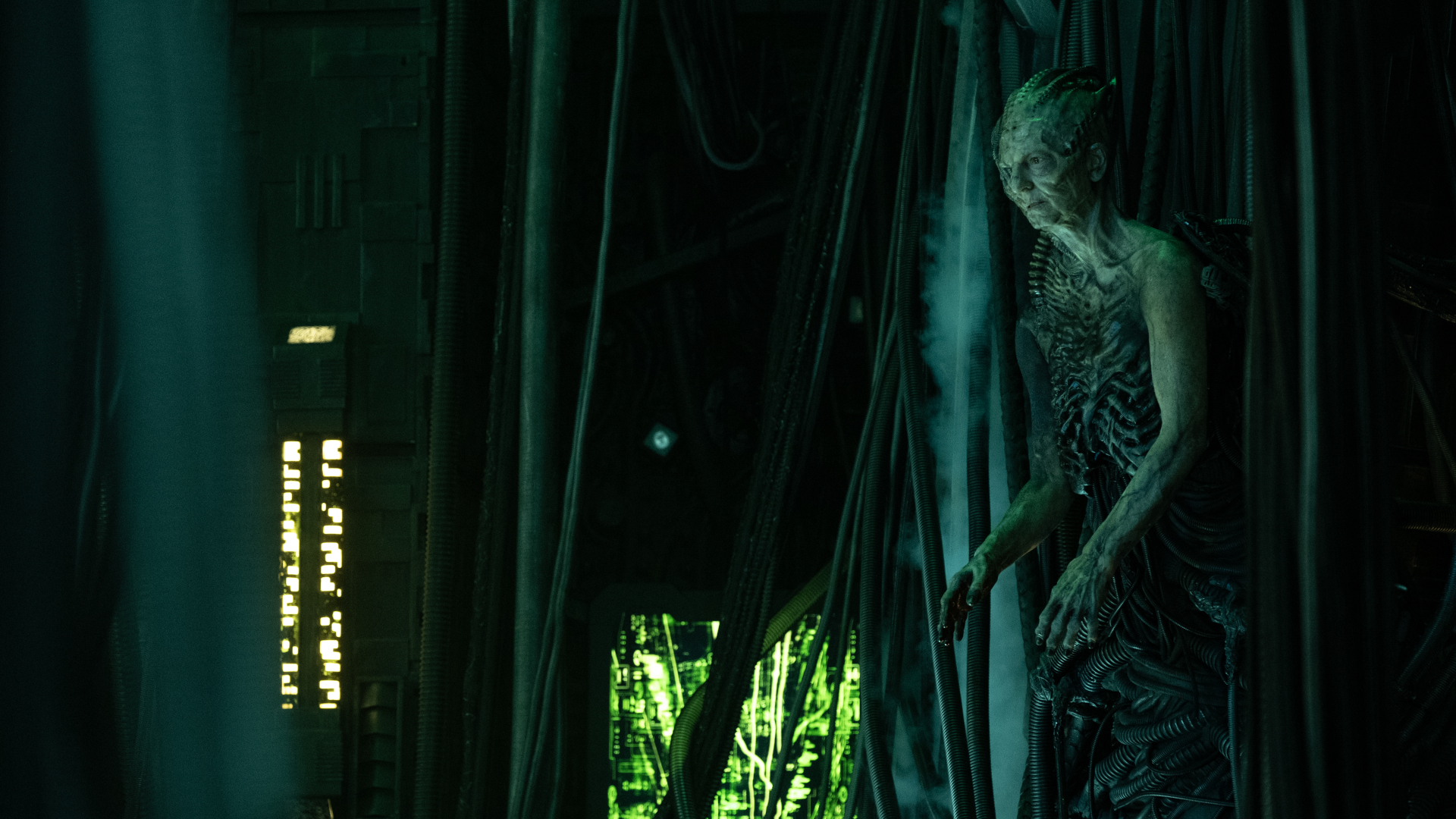
They wanted to assimilate Starfleet by stealth – and Starfleet unwittingly made it easy for them. Not only were numerous starships gathered in one place to celebrate Federation Day – the 250th anniversary of Starfleet – but they also showcased the new "Fleet Formation Mode", in which their computer systems were integrated as one.
More importantly, with Jack hooked up to the Collective, the Borg Queen was in prime position to implement her masterplan. When the assimilation signal was activated, it allowed her to activate the dormant Borg DNA lurking inside unsuspecting crewmembers. In an instant, hundreds of officers – including Geordi La Forge's daughters, Sidney and Alandra – were transformed into drones. They subsequently assimilated every ship in Starfleet.
There was a flaw in the Borg Queen's evil scheme, however. Thanks to a classic (and arguably over convenient) piece of "Star Trek" pseudo-science, Data explained that the "Borg genetic material doesn't propagate in a species past a certain point in the development cycle", meaning it affected younger members of the crew, but not their more senior counterparts. In other words, if ever there was a time for the veteran "TNG" crew to come into their own, this was it.
Picard and the crew subsequently returned to the Fleet Museum where Geordi La Forge revealed he'd rebuilt their old ship, the USS Enterprise-D, last seen crash-landing on Viridian III in "Star Trek: Generations". Because it's systems were too old to connect to Starfleet's networked computers, they were able to infiltrate the Borg Queen's vessel and destroy the signal beacon assimilating Starfleet's kids.
Rescuing Jack from the Borg
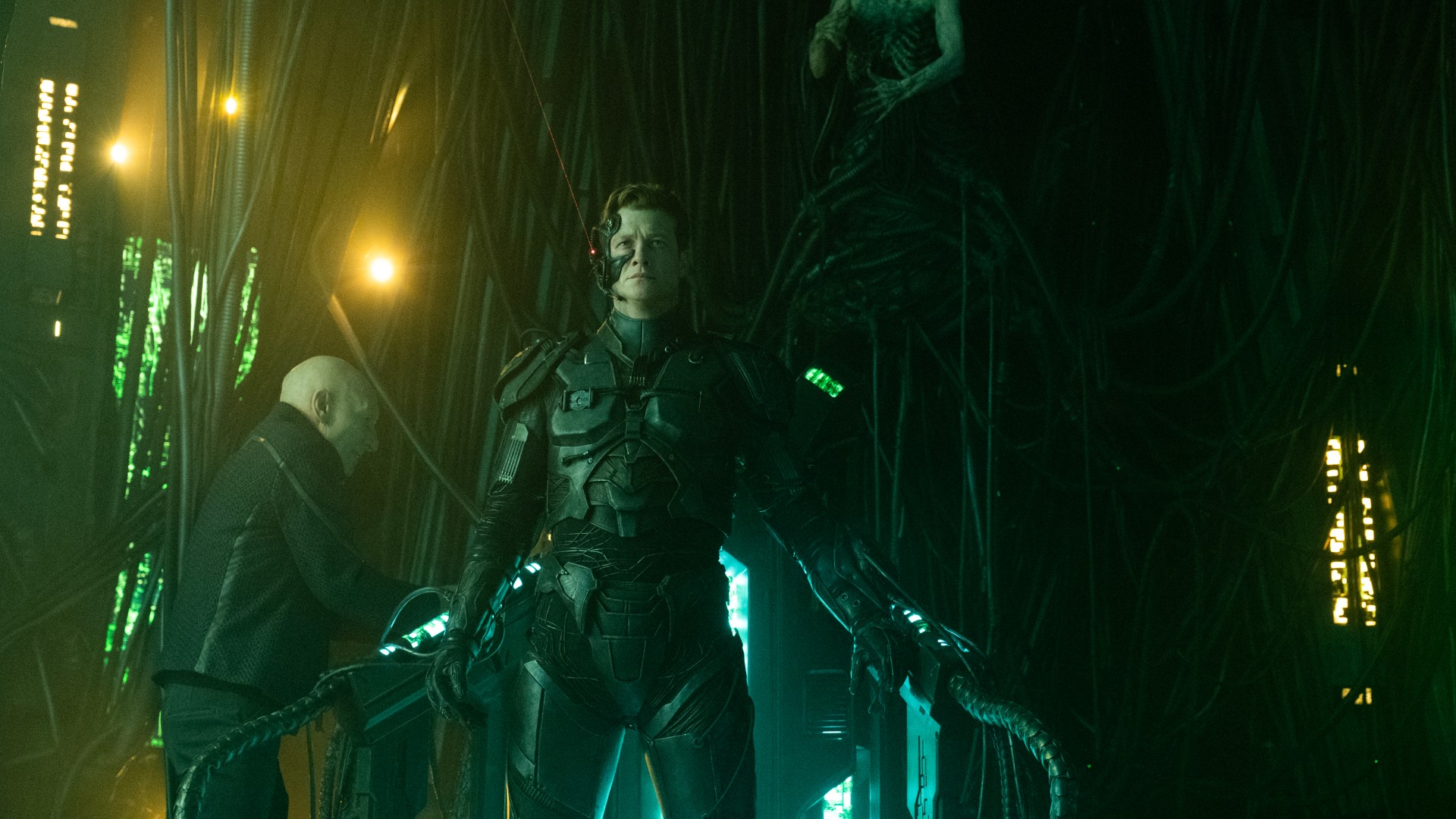
Jack was given Borg implants much like his father's and became the central processing unit of the hive mind. He wasn't overly eager to leave, either, as he found peace in the Collective, a place where there was no loneliness, no fear and no suffering.
When Picard plugged himself into the hive mind, however, he managed to convince Jack of the importance of family, and remind him that he didn't have to feel alone. Jack then disconnected himself from the Borg voluntarily, and was beamed onto the Enterprise (along with Picard, Riker and Worf) before the Cube exploded.
What's next for Jack Crusher?
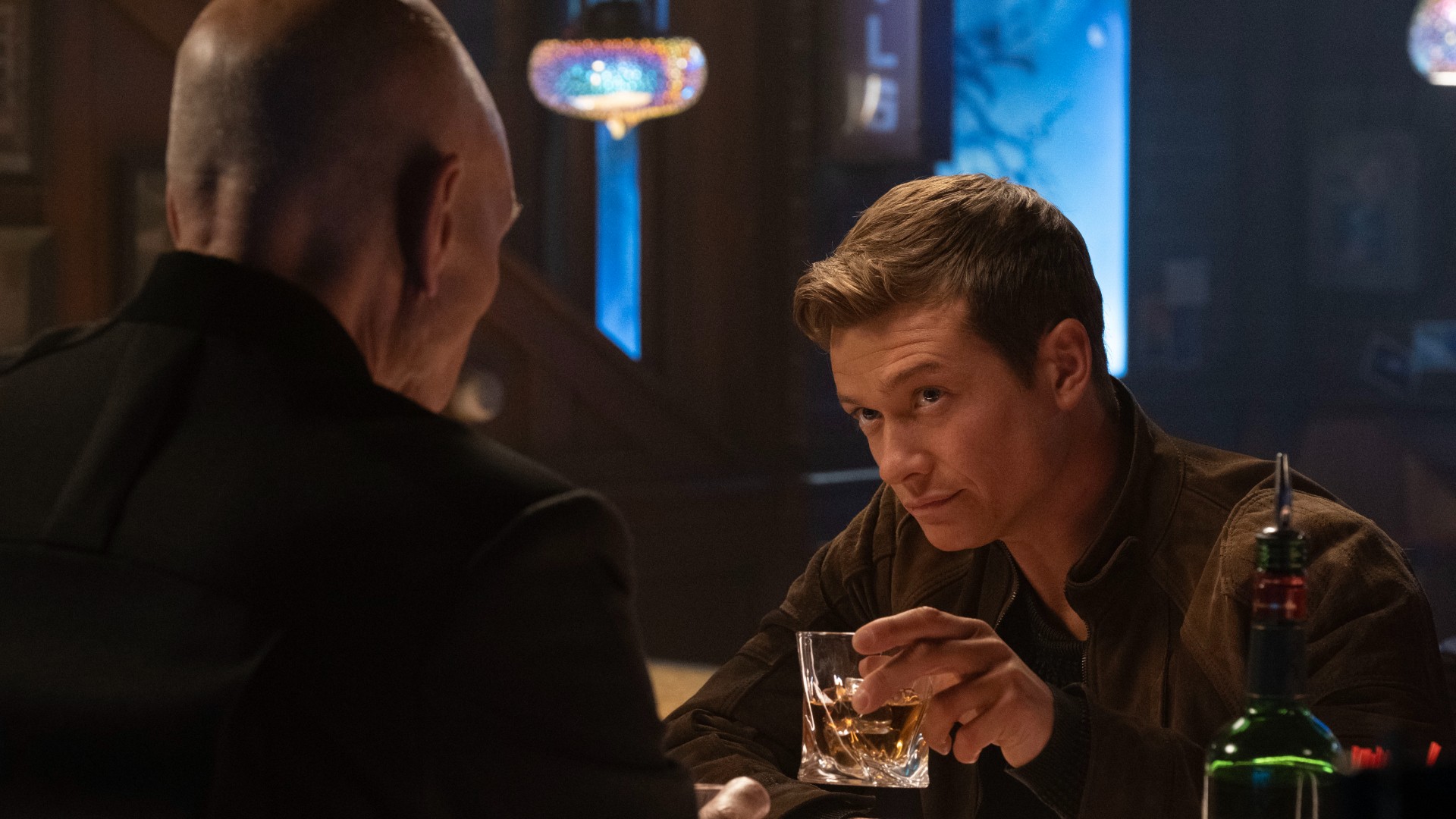
Jack was fast-tracked through Starfleet Academy and posted to the USS Titan, now renamed the USS Enterprise-G in honor of Picard and co's efforts saving Earth and the Federation from the Borg and the Dominion. Newly promoted captain Seven of Nine appointed him as special counselor to the captain, giving him a spot on the bridge.
That's not the end of Jack's story, however. In the end credits of the season finale, Jack received a visit from everyone's favorite omnipotent super-being, Q, who's not quite as dead as season 2 led us to believe. When Jack pointed out the ongoing trial of humanity (which had begun in "TNG" pilot 'Encounter at Farpoint') was supposed to be over, Q confirmed it was for Picard – but that Jack's "has just begun".
It feels like the set-up for a spin-off featuring Seven, Raffi, Sidney and Jack, but don't get your hopes up just yet – showrunner Terry Matalas has stated "there is nothing in development at Paramount."
Join our Space Forums to keep talking space on the latest missions, night sky and more! And if you have a news tip, correction or comment, let us know at: community@space.com.
Get the Space.com Newsletter
Breaking space news, the latest updates on rocket launches, skywatching events and more!
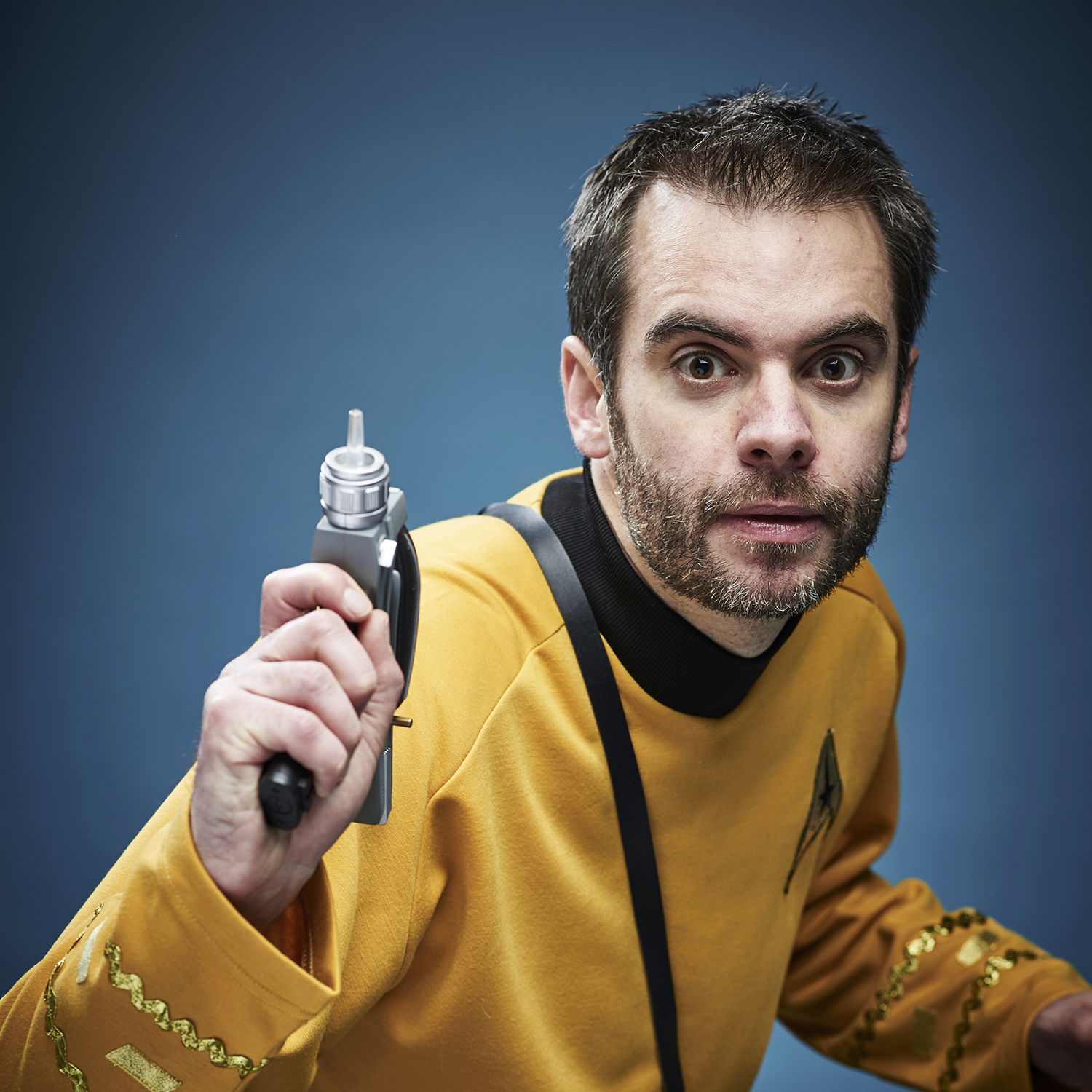
Richard's love affair with outer space started when he saw the original "Star Wars" on TV aged four, and he spent much of the ’90s watching "Star Trek”, "Babylon 5” and “The X-Files" with his mum. After studying physics at university, he became a journalist, swapped science fact for science fiction, and hit the jackpot when he joined the team at SFX, the UK's biggest sci-fi and fantasy magazine. He liked it so much he stayed there for 12 years, four of them as editor.
He's since gone freelance and passes his time writing about "Star Wars", "Star Trek" and superheroes for the likes of SFX, Total Film, TechRadar and GamesRadar+. He has met five Doctors, two Starfleet captains and one Luke Skywalker, and once sat in the cockpit of "Red Dwarf"'s Starbug.











